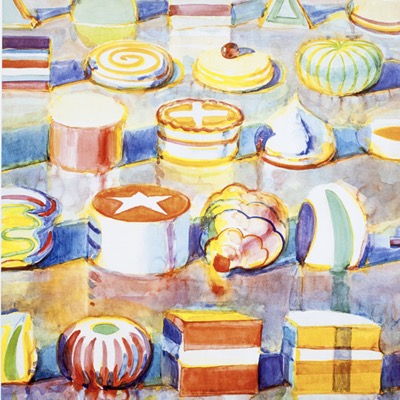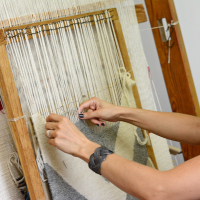
What is Bay Area Figurative Art ?
The Bay Area Figurative Movement, which also goes by the names Bay Area Figurative School, Bay Area Figurative Art, or Bay Area Figuration, came to existence in San-Francisco Bay Area. This was in the mid-20th century, when a group of artists from the area stopped working on the then popular Abstract Expressionism for a preference to figuration in painting. The movement lasted a total of two decades during the 1950's and 1960's.
Artwork by Wayne Thiebaud- Show All
- Established
- Discoveries
ARTWORKS RELATED TO BAY AREA FIGURATIVE ART
Richard Diebenkorn
Seated Woman in Arm Chair, 1965
Limited Edition Print
Lithograph
Inquire For Price
Thiebaud Wayne
Untitled (sketch of Sitting Figures), 1980
Drawing / Watercolor
Crayon
Inquire For Price
Richard Diebenkorn
Tri-Colored Spade, 1982
Limited Edition Print
Etching and Aquatint
Inquire For Price

Also known as Chromogenic or C type print. A print that's made from slide or color negative exposed to chromogenic paper containing three emulsion layers sensitized to non similar primary colors. Once the image is exposed, it is dipped into a chemical bath for each layer to react towards the chemical so as to create an image.

A production art technique primarily and commonly used in visual arts where artwork is made through assemblage of forms of different kinds to wholly create a new one. It may at times include ribbons, newspaper & magazine clipping, bits of handmade or colored papers, photographs, portions of texts and other objects.





















